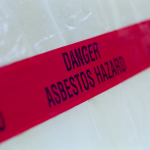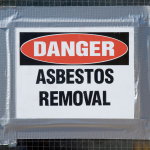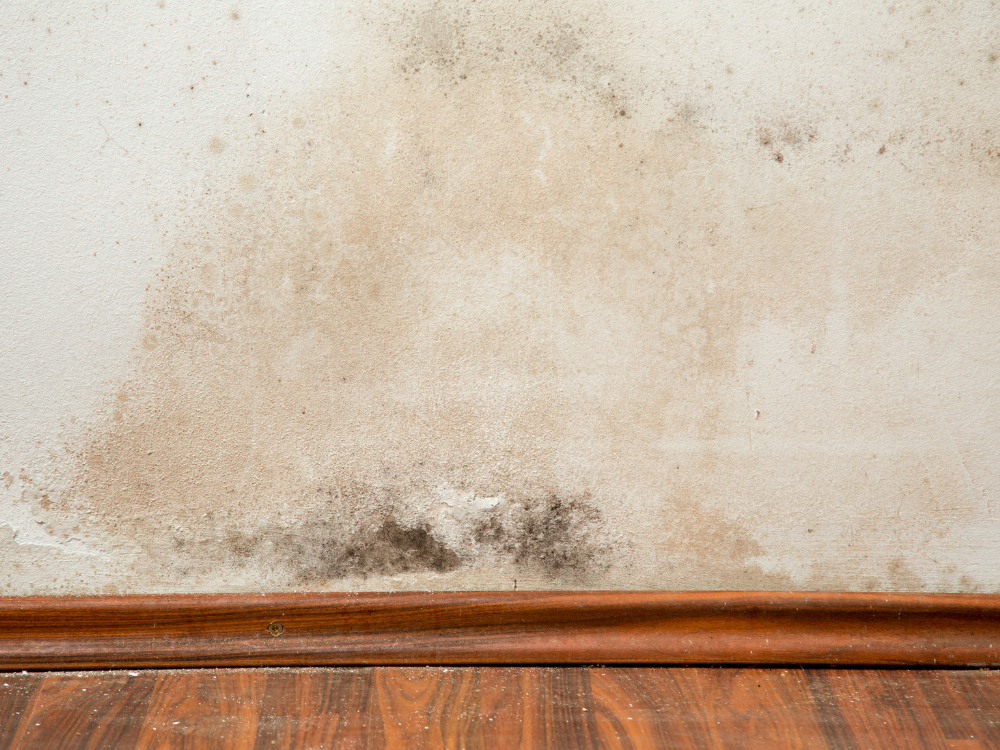Wet weather has caused havoc across NSW and Queensland in recent months, with flooding affecting numerous communities and increased humidity affecting an estimated one-third of residents by way of mould outbreaks in the home. However, while largely spared the worst of the constant humidity, Melbourne is home to rising mould outbreaks, and experts believe the number of affected residents will rise.
Victoria experienced flooding later in the year than NSW and Queensland, but it hasn’t escaped the grip of La Nina, with record rainfall and flooding in recent months feeding growing cases of mould in residential and commercial properties.
One AirTasker who specialises in mould removal said he had experienced a significant increase in jobs coming through the platform. He said he believed it was from “the deluge of rain and moisture, and over time mould builds up.”
Steven Constantinou, who is also a civil and geotechnical engineer by trade, explained that he works full-time on demolitions and mould removal. He said he attended a job last week in the leafy inner-city suburb of Hawthorn, which he described as covered in mould, inside and out.
“There was water leaking from the roof as well from the shared balcony wall, so the architraves were mouldy as well and the carpet,” he said. “If it is mould damaged we remove it; it is not really salvageable.”
Similarly to the northern states, the number of cleaning and mould removal jobs on Airtasker has more than doubled, comparable to last year.
Airtasker chief executive Tim Fung said “[We] are being inundated with requests for mould cleaning. As well as a 50 per cent increase in cleaning tasks, general handy people are also being called in to help clean up the mess.”
Residents in affected properties are reminded that mould can damage property and affect their health, with those who have asthma, allergies and general respiratory conditions most at risk.
VicHealth, the state government’s health body, explained that mould should be prevented by way of fixing poor plumbing or roofs, ensuring good ventilation, airing homes on dry and warm days, and making sure exhaust fans in laundries and bathrooms function as intended. Their official advice for mould that covers a large area is to consult a professional.




